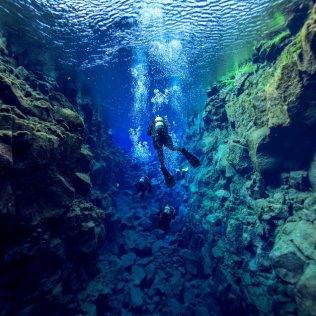Diving in Iceland offers a unique and thrilling experience for enthusiasts of all levels. From crystal clear waters between tectonic plates to exploring historic shipwrecks, Iceland is a diver’s paradise. In this guide, we will explore the best diving spots, essential background information, and the best times to dive in Iceland.
Why Dive in Iceland?
Diving in Iceland is an extraordinary experience due to its unique geological features and pristine waters. The country sits atop the Mid-Atlantic Ridge, where the Eurasian and North American tectonic plates meet, providing divers with a rare opportunity to swim between continents. Additionally, Iceland’s diverse marine life and stunning underwater landscapes make it a must-visit destination for divers.
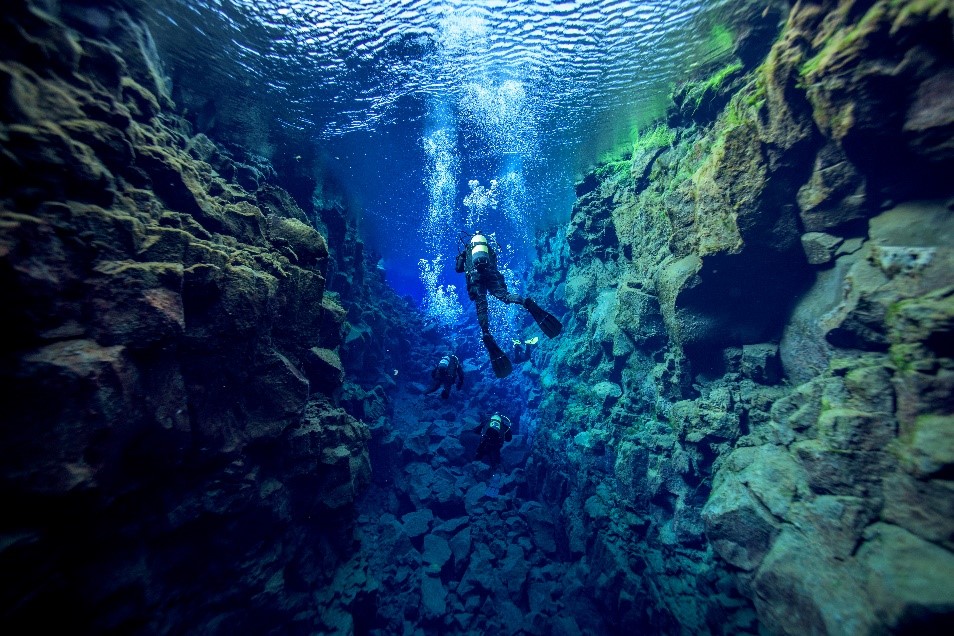
Best Time to Dive in Iceland
The optimal time for diving in Iceland is during the summer months, from June to September. During this period, the weather is milder, and daylight extends late into the night, allowing for longer diving sessions. However, diving in Iceland is possible year-round, with winter offering a chance to experience the unique ice diving in some locations.
Top Diving Spots in Iceland
Silfra Rift
Located in Thingvellir National Park, the Silfra Rift is one of the most popular diving sites in Iceland. This UNESCO World Heritage site offers a unique diving experience due to its location between the North American and Eurasian tectonic plates. The rift is filled with glacial meltwater that has been filtered through underground lava for decades, resulting in crystal clear water with visibility up to 100 meters.
Silfra is renowned for its exceptional underwater landscapes, featuring vibrant colors and dramatic rock formations. Silfra diving allows you to explore four main sections: Silfra Big Crack, Silfra Hall, Silfra Cathedral, and Silfra Lagoon. Each section offers its own unique features and breathtaking views, making it a must-visit for both divers and snorkelers.
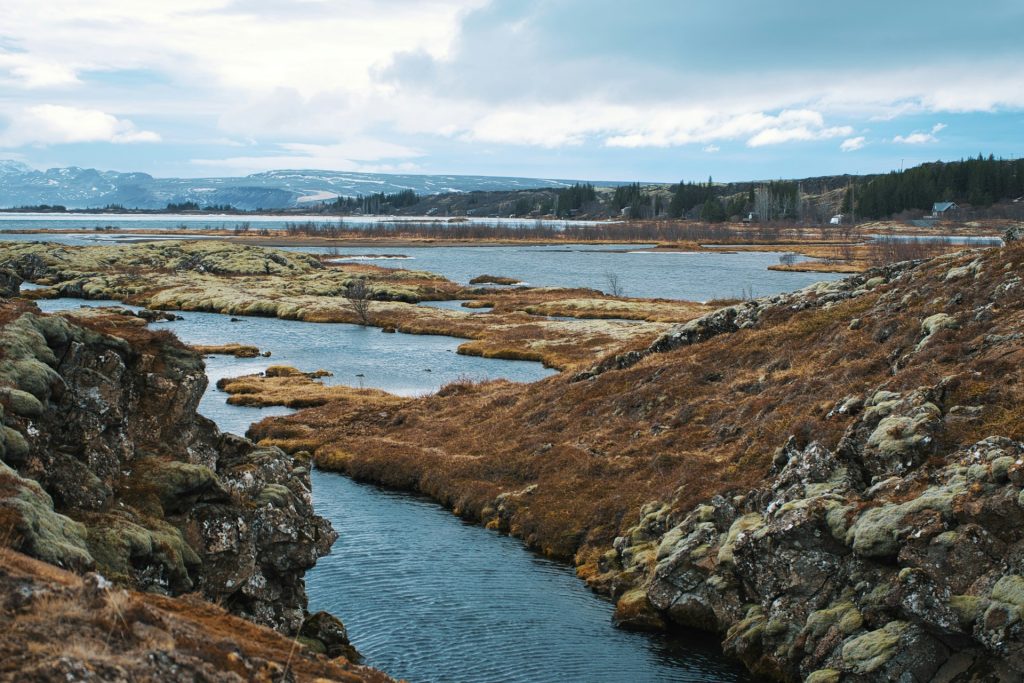
Silfra Fissure
The Silfra Fissure is the main attraction, where divers can literally touch the tectonic plates of North America and Eurasia. This experience is unique to Silfra and provides a surreal sensation of floating between continents. The fissure is narrow and deep, offering an otherworldly experience as you navigate through its pristine waters.
Diving and Snorkeling
Silfra is suitable for both diving and snorkeling, catering to a wide range of skill levels. Snorkelers can enjoy the shallow parts of Silfra, marveling at the clarity and colors of the water, while divers can explore deeper sections, including the stunning Silfra Cathedral, which is a large, open area with a magnificent underwater view.
Silfra Diving Requirements
To dive in Silfra, a dry suit certification or documented proof of dry suit dives is required due to the cold water temperatures. The water remains a constant 2-4°C (36-39°F) year-round. For those without the certification, guided snorkeling tours are an excellent alternative, providing a similar experience with less training required.
Exploring the Silfra Rift offers an unparalleled experience of diving and snorkeling in one of the world’s most unique geological locations. The combination of stunning underwater scenery, historical significance, and the thrill of swimming between tectonic plates makes Silfra a top diving destination in Iceland.
Westfjords
The Westfjords are renowned for their picturesque fishing villages and rich marine life. Dive Westfjords in Isafjöður offers gourmet diving tours in various locations, including Seyðisfjörður, Dýrafjörður, Arnarfjöður, and Skutulsfjöður.
These tours allow divers to collect scallops, mussels, and urchins, which are then cooked in traditional Icelandic styles, such as barbeque or fish soup. These tours cater to both novice and experienced divers. The Westfjords also feature kelp forests, which provide a unique underwater environment to explore.
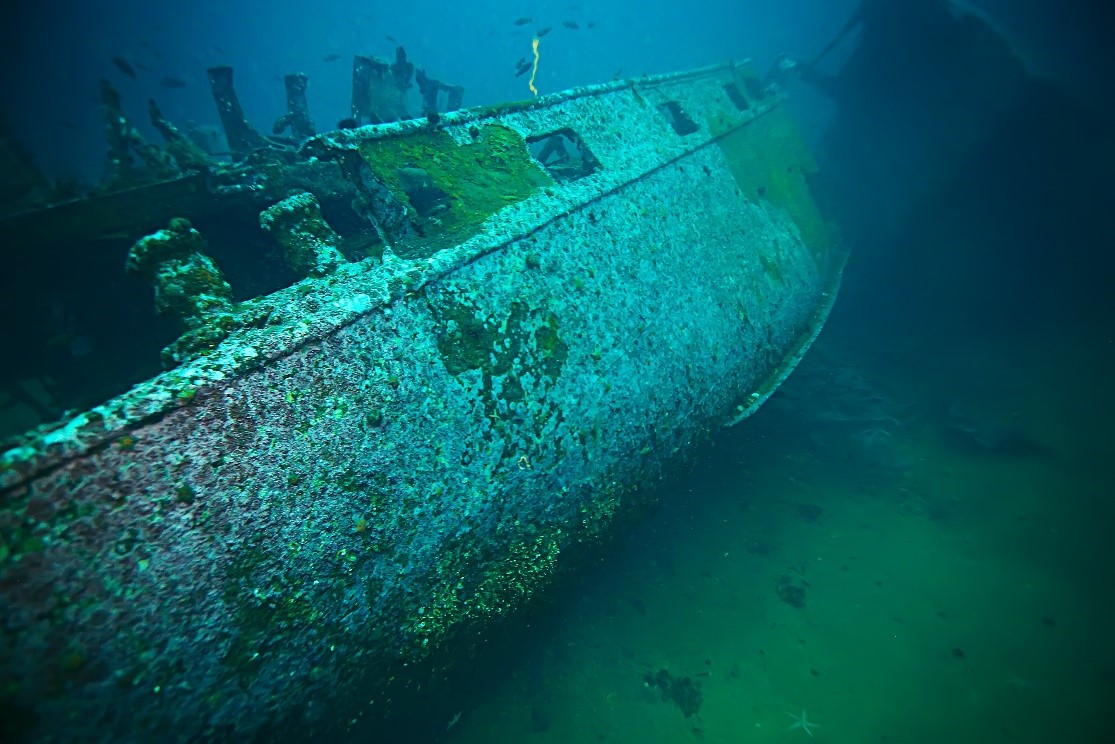
Seyðisfjörður – El Grillo
Seyðisfjörður is home to the famous El Grillo shipwreck, a British oil tanker sunk during World War II by German fighter planes. The wreck, which rests at the bottom of the fjord, offers an intriguing dive into history and is suitable for more advanced divers.
The site serves as a poignant reminder of Iceland’s wartime past and provides an eerie yet fascinating underwater experience. Diving here requires a dry suit due to the cold water temperatures, ensuring divers stay warm while exploring the wreck.
Strýtan Geothermal Vent
Arguably one of Iceland’s most unique diving spots, the Strýtan geothermal vent is located in Eyjafjörður fjord near Akureyri. This underwater limestone structure has been growing for over 11,000 years, creating a massive natural tower.
As a protected site, divers must have an official guide to explore Strýtan, ensuring its preservation. The geothermal vent offers a one-of-a-kind diving experience with its warm waters and stunning geological formations. Nearby, divers can also enjoy hot springs that provide a perfect way to warm up after a dive.
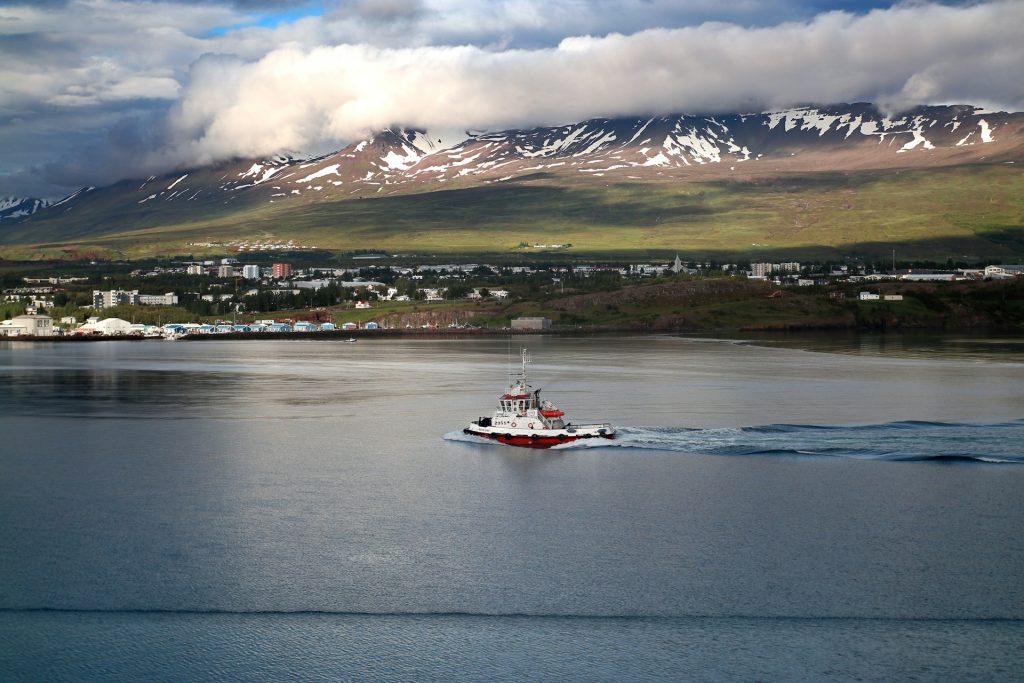
Renting a Car and Getting to These Sites
To fully explore Iceland’s top diving sites, renting a car is highly recommended. Firefly Iceland car rental offers affordable and reliable vehicles perfect for navigating Iceland’s scenic routes.
Thingvellir National Park, home to the Silfra Rift, is easily accessible from Reykjavik, just a 45-minute drive via Route 36. For those venturing to the Westfjords, the drive offers stunning coastal views and takes approximately six hours from Reykjavik.
Seyðisfjörður, where the El Grillo shipwreck is located, is a scenic drive through the Eastfjords, taking about eight hours from the capital.
Lastly, reaching the Strýtan geothermal vent near Akureyri involves a five-hour drive through Iceland’s picturesque northern landscapes. Having a car provides the flexibility to explore these incredible diving sites at your own pace, making the most of your Icelandic adventure.
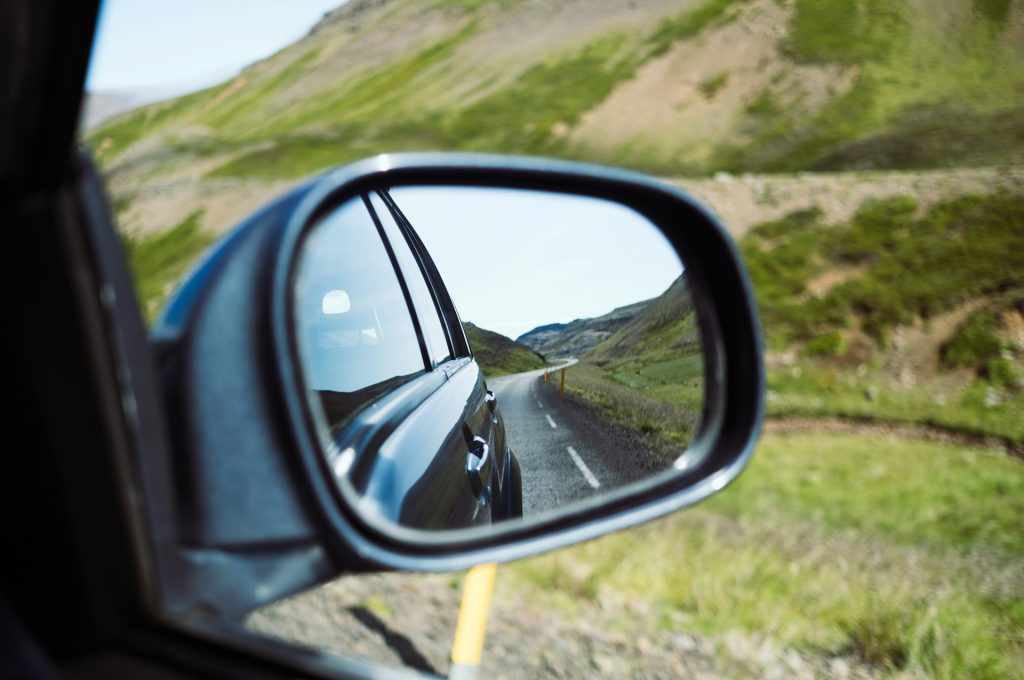
Choosing the Right Car for Your Iceland Adventure
When renting a car for your Icelandic diving trip, it’s important to choose a vehicle that suits your needs and the varying terrain. For most destinations, a standard 2WD car is sufficient, especially if you plan to stick to main roads and well-traveled routes.
However, if you plan to explore the more remote areas, such as the Westfjords, a 4WD vehicle is recommended to handle gravel roads and rough terrain. Consider the season of your visit; in winter, a 4WD with studded tires can provide extra safety on icy roads.
Firefly Iceland car rental offers a range of vehicles from compact cars to SUVs, ensuring you have the right vehicle for a comfortable and safe journey.
Don’t forget to equip your car with necessary extras like GPS for navigation and a roof rack if you need additional storage for diving gear. With the right car, you’ll have the freedom to explore Iceland’s breathtaking landscapes and top diving sites with ease.

Conclusion
Diving in Iceland is an adventure that promises unforgettable experiences and breathtaking underwater sights. Whether you are exploring the clear waters of Silfra, the historical wreck of El Grillo, or the unique geothermal vents of Strýtan, Iceland offers something for every diver. Plan your trip, prepare adequately, and immerse yourself in the stunning underwater world of Iceland.
